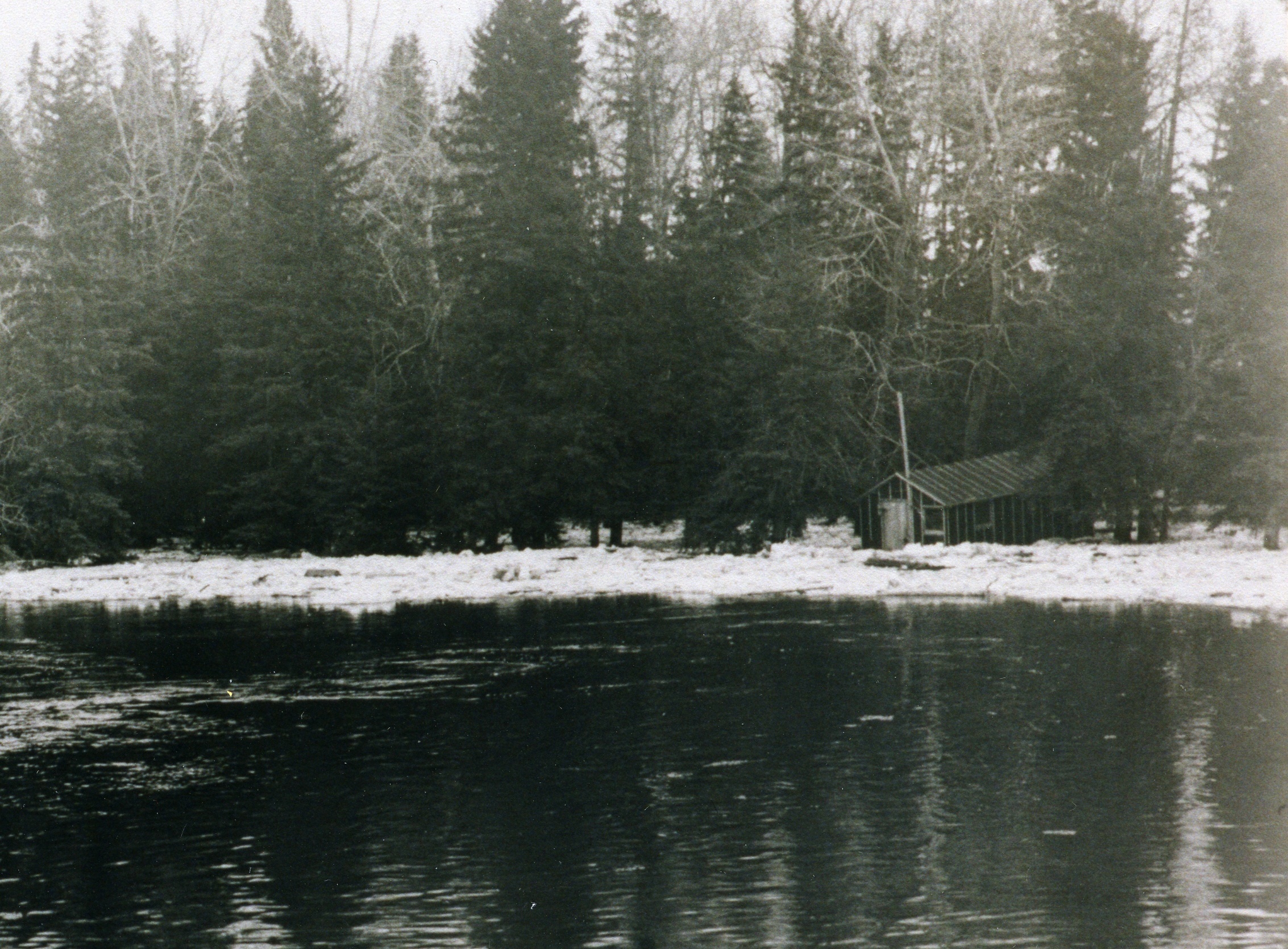Springtime is generally the period when Central Alberta experiences at least some flooding as the local rivers and streams fill up with the run-off from the melting snow.
The worst flood in Red Deer’s history, in terms of a loss of life, occurred 70 years ago on March 19th, 1947.
The winter of 1946-47 had been cold and snowy, but not exceptionally so.
There was a period of very cold weather at the beginning of March with temperatures dropping to –35C.
A strong warm spell set in a week later on March 12th. The snow began to melt very rapidly.
According to the news reports, the City’s Public Works department was soon hard at work clearing slush from City streets, pumping out low spots and thawing out catch basins to keep the drains and sewers flowing.
On Tuesday, March 18th, the ice went out on the Red Deer River.
Nothing looked too serious until the wee hours of Wednesday morning when ice began to jam on an island downstream from the City (close to where the 67 Street Bridge is now located). Because of the ice dam, the water levels began to rise very rapidly.
Within two hours, the river had risen more than 3m (10 ft.) and shortly thereafter, it rose another 1.5m (5 ft).
Water quickly inundated the low areas along the river and backed up along Waskasoo Creek.
Some of those along the river were hard hit.
George Best’s house, where the Lion’s Campground is today, was soon filled with 1.8m (6 ft.) of water. Jack Teasdale lost 40 head of cattle and 60 sheep at his feedlot.
The greatest tragedy struck at small shacks which were located at the foot of the Gaetz Avenue traffic bridge. These shacks had been built by some of the men who had been working on the construction of the new bridge during the summer of 1946.
One of those shacks had been built by Gordon Harps in August 1946.
He and his family lived in the cabin until the bridge construction shut down in January with the onset of very cold weather. The family then moved to Canyon Creek to be with relatives, while Gordon got a new job at Notikewin in the Hay River district of northern Alberta.
While at Canyon Creek, Gordon’s wife, Wilma, gave birth to a little girl, Sharon Margaret.
The baby had some medical problems and had to have an operation in the University Hospital in Edmonton.
On March 13th, Wilma Harps with her children, Stanley Gordon, aged 4½, Ronald Lyle, aged 18 months and baby Sharon, decided to move back to Red Deer as Gordon was expecting to get back on the bridge crew very soon. Her sister Thelma Donald came along to help with the move as Gordon was still up north.
The two women and the children stayed at the Auditorium Hotel (later the Park Hotel) for a few days, but moved into the shack on Tuesday, March 18th. Wilma ordered furniture from George Best’s furniture store and also made arrangements to have milk delivered starting Wednesday morning.
Around 5 a.m., the women awoke to find water flooding into the shack.
They decided to quickly gather up the children and to run for higher ground. They appeared to be making good progress when they slipped into the deeper water of one of the gravel pits. They plunged down into the icy water and were drowned.
Meanwhile, residents of the nearby houses on higher ground heard the screams and called the police. A search was commenced immediately, but was hampered by the high water, ice and lack of light.
The ice dam was finally broken up late Wednesday by provincial public works crews using dynamite and men from the Vocational Training School using a bulldozer.
The water then quickly receded, but the bodies of four of the flood victims were not found until early Thursday morning. The body of the baby was not found until early Friday.
It was the worst loss of life in a flood in the City of Red Deer’s history.



